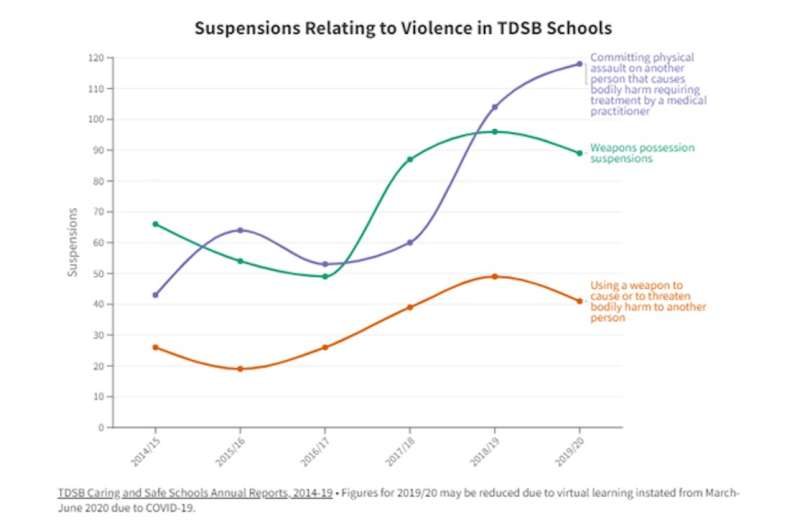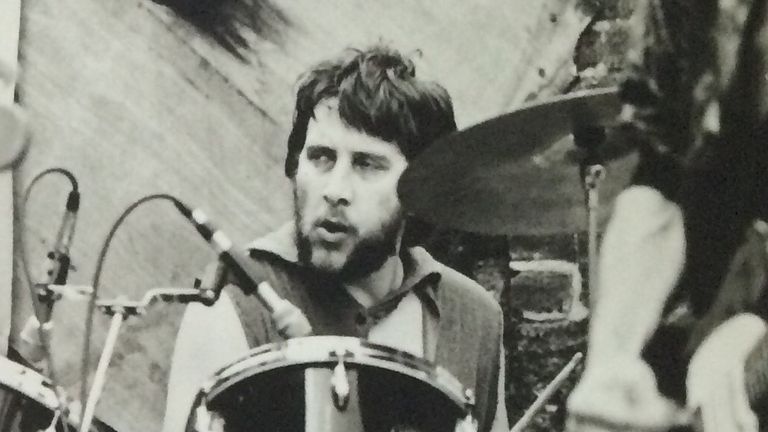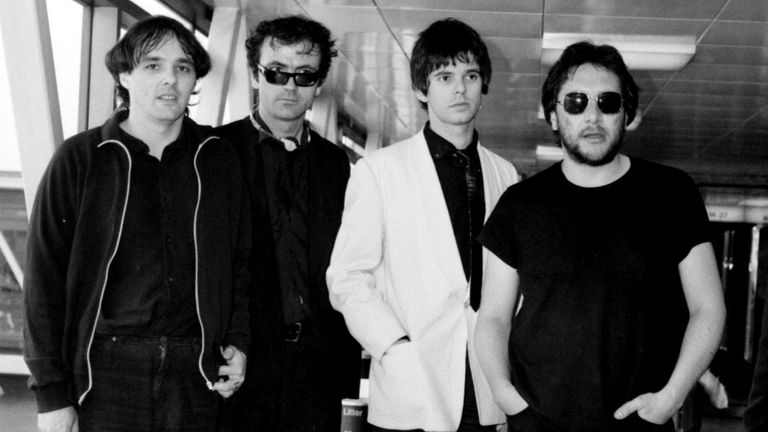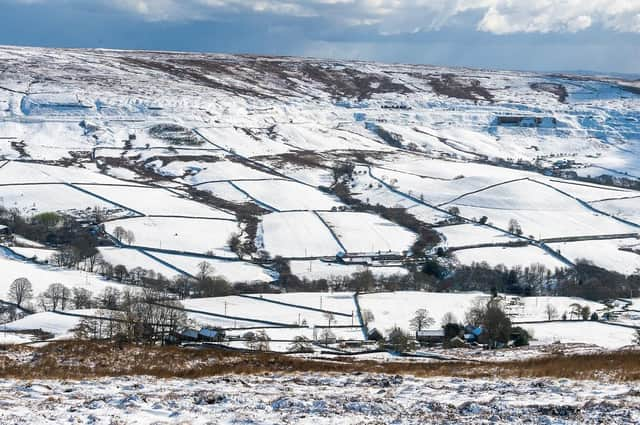By Brijesh Patel and Rod Nickel
(Reuters) -Canada's TC Energy shut its Keystone pipeline in the United States after more than 14,000 barrels of crude oil spilled into a creek in Kansas, making it one of the largest crude spills in the United States in nearly a decade.
The cause of the leak, which occurred in Kansas about 20 miles south of a key junction in Steele City, Nebraska, is unknown. It is the third spill of several thousand barrels of crude on the pipeline since it first opened in 2010.
The 622,000 barrel-per-day Keystone line is a critical artery shipping heavy Canadian crude from Alberta to refiners in the U.S. Midwest and the Gulf Coast. It is unclear how long the closure will last.
There have been no effects on drinking water wells or the public, the U.S Environmental Protection Agency said in a statement, though surface water of Mill Creek was affected. It sent two coordinators to the site to oversee TC Energy's response and evaluate the cause of the spill.
Keystone shut the line at about 8 p.m. CT Wednesday (0200 GMT Thursday) after alarms went off and system pressure dropped, TC said in a release. It said booms were being used to contain the spill.
"The system remains shut down as our crews actively respond and work to contain and recover the oil," the release said.
According to U.S. Pipeline and Hazardous Materials Safety Administration (PHMSA) data, this would be the largest crude oil leak since a Tesoro pipeline leaked more than 20,000 barrels of oil in North Dakota in October 2013.
The PHMSA is also investigating the leak, which occurred near Washington, Kansas, a town of about 1,000 people.
There have been seven Keystone spills since it became operational in June 2010, according to PHMSA data. The largest were in December 2017, when more than 6,600 barrels spilled in South Dakota, and in November 2019, when more than 4,500 barrels spilled in North Dakota, according to PHMSA figures.
TC declared force majeure over the outage, according to a source with direct knowledge, which refers to unexpected external circumstances that prevent a party to a contract from meeting its obligations. TC did not respond to a request for comment.
Two Keystone shippers said TC had not yet notified them how long the pipeline may be shut.
Keystone's shutdown will hamper deliveries of Canadian crude both to the U.S. storage hub in Cushing, Oklahoma and to the Gulf, where it is processed by refiners or exported.
The shutdown is expected to increase the discount on Western Canada Select (WCS) heavy oil from Alberta to U.S. crude, which was already high due to lackluster demand for heavy, sour Canadian oil.
WCS for December delivery traded at $33.50 a barrel below WTI, a bigger discount than Wednesday's settle of $27.50 a barrel below the benchmark, according to one broker.
"It's really a worst-case scenario if this outage is long-lasting," said Rory Johnston, founder of energy newsletter Commodity Context, noting that if the price falls further, shippers may opt to move crude by rail.
The Hardisty, Alberta, hub has sufficient storage space until the pipeline is back online, said BMO analyst Randy Ollenberger.
Steele City is roughly the junction where Keystone splits, with one segment moving crude to Illinois refineries and the other carrying oil south to Oklahoma and the Gulf Coast.
If the spill is located south of the junction, TC may be able to quickly restart the segment to Illinois, RBC analyst Robert Kwan said in a note.
Past shutdowns have generally lasted about two weeks, but this could last longer as it involves a water body, Kwan said.
On Nov. 15, TC announced it would curtail volumes on the pipeline due to some severe weather-related incidents, without specifying the size or duration of the curbs.
TC shares ended down 0.1% in Toronto.
(Reporting by Arpan Varghese, Brijesh Patel and Deep Vakil in Bengaluru, Rod Nickel, Nia Williams and Arathy Somasekhar; Editing by Alexander Smith, Andrea Ricci and Josie Kao)
"PIPELINES RARELY LEAK"
A trail of oil: Keystone pipeline's history of oil spills
(Reuters) - Canada's TC Energy Corp shut its Keystone pipeline in the United States after more than 14,000 barrels of crude oil spilled into a creek in Kansas, making it one of the largest crude spills in the United States in nearly a decade.

Illustration shows smartphone with TC Energy's logo displayed© Thomson Reuters
The 622,000 barrel-per-day pipeline is a critical artery shipping heavy Canadian crude from Alberta to refiners in the U.S. Midwest and the Gulf Coast. It is unclear how long the closure will last.
There have been several spills on the line since it began operating in 2010. The following is a timeline of some of Keystone's biggest oil spills, based on data from the U.S. Pipeline and Hazardous Materials Safety Administration.
2011
May: TC shut the pipeline for six days after a spill of about 500 barrels of oil due to a failed fitting at a North Dakota pumping station. (https://reut.rs/3iKr5JC)
2016
April: TC shut down the pipeline after about 400 barrels of oil leaked in Hutchinson County, South Dakota. (https://reut.rs/3W2FjUx)
2017
November: TC shut part of the Keystone pipeline system after a leak in South Dakota, caused by mechanical damage from original construction. Originally pegged at 5,000 barrels, a TC spokesperson later put the estimate at about 9,700 barrels. (https://reut.rs/3P9J6Nu)
2019
February: Portions of the Keystone pipeline were shut down after 42 barrels of oil leaked on land in rural St. Charles County, Missouri. (https://reut.rs/3HkTBLZ)
October: An estimated 9,120 barrels of oil spilled in North Dakota. The spill was one of the biggest onshore crude spills in the last decade and the largest for Keystone, according to PHMSA. (https://reut.rs/3Hq4zjH)
(Reporting by Ruhi Soni, Arshreet Singh and Sourasis Bose in Bengaluru; Editing by Shounak Dasgupta)












